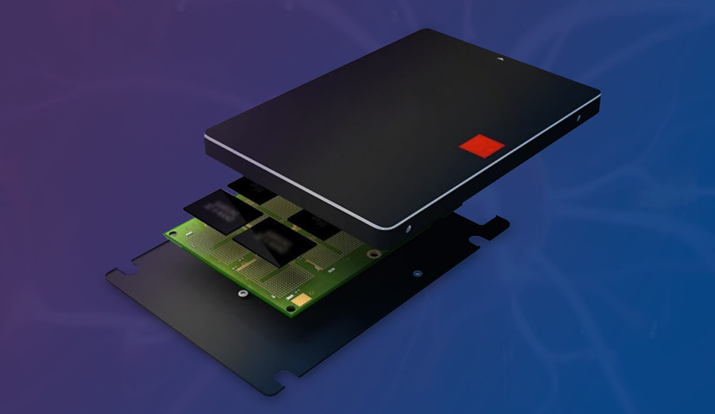

You have already gone through many ways to make a slow PC/laptop faster, but few are effective, easy and cost-effective like replacing your existing hard drive with a solid state drive (SSD). Exchange will strikingly to a large extent reduce the time it takes to boot Windows, load programs, and perform any activity that involves crucial amounts of disk access. When you will replace your hard drive with a SSD, Windows boot time will reduce from almost 10 minutes to quite under a minute. Programs like Adobe Photoshop that could take one or more minutes to open, now will get opened in seconds. Your old computer would be as good as new.
SSD will also provide the added advantage of greater ruggedness, better battery life and pleasant operation. With the time your system becomes slower or does not perform up to the mark, this is an usual issue and mostly emerges due to the space hogging programs and files in the harddrive. You can free up that space by removing unnecessary and rarely used files and programs from the storage. To identify and eliminate those files, you can take the help of IGS Cleaner, it is one of the best computer software in categories. After installing this software, you will be able to get timely notifications about the available space and other issues that slow down your system.
Despite the several advantages of SSDs, in past days upgrading was not a preferable option for many people due to the high cost. But with 1TB SSDs now available at quite affordable prices, it is almost nitwit not to switch. You do not require expert’s skills to do it manually. Just need to run a simple cloning program, which actually makes a clone of your existing drive and ready to go on your new drive.
Here are the simple steps to replace your hard drive with an SSD:
What size SSD to buy
The first thing you should determine while looking to buy a SSD is what size drive you need. You should choose one at least equivalent to the current hard drive. If the current drive is getting low on space then you should go for something larger. We would suggest not smaller than 500GB and, ideally, going with 1TB, which should provide ample storage for most people.
Assuming your PC/laptop currently has a standard hard drive, it is almost certainly a 2.5 Inch SATA drive. So, you will be replacing it with a SSD of the same size and interface (internal connections) and 2.5-inch SATA is all you need.
There are numerous SSD models available from many brands in the market. But since the drive will hold all your critical information, neither go with the cheapest one nor do you need the ultimate performance models intended for large server applications. TBW (terabytes written) is a good indication of the drive’s strength– as more as better. Under normal usage, you would never come close to hitting that TBW limit.
You will need the data transfer cable to clone your existing hard drive onto the new SSD using the USB port. All the cables are quite similar, and you can pick anyone.
Also check to ensure that you have a screwdriver that will fit the screws on your PC/laptop. If you do not have, pick up a basic computer screwdriver set to help you open your PC/laptop case, if needed.
Don’t worry about the efforts to transfer Windows to your new drive, reinstall all programs and transfer all your files. The cloning program that comes with the SSD will make an absolute replica of your current hard drive on your new SSD, so there is no need to reinstall anything. If your drive does not include the software, there are many free disk cloning programs you can download yourself.
To get going:
The cloning process will take some time to transfer your data onto your new drive. Do not use your computer while cloning because any changes you make to settings or files may not be cloned to the new drive.
After cloning gets complete, you can place that new drive into your PC/laptop.
Most drives have an in-built management program to keep drive firmware up to date and allows you to personalize the performance and other settings. It is worth installing for the firmware updates but do not change other settings unless you really know what you are looking for. Your SSD will be fast as supposed.
Now, you can enjoy the boosted performance with the new SSD. Your SSD should be more reliable than your old hard drive.